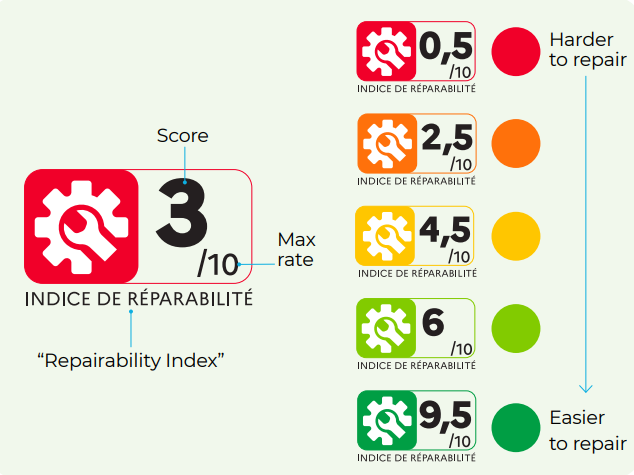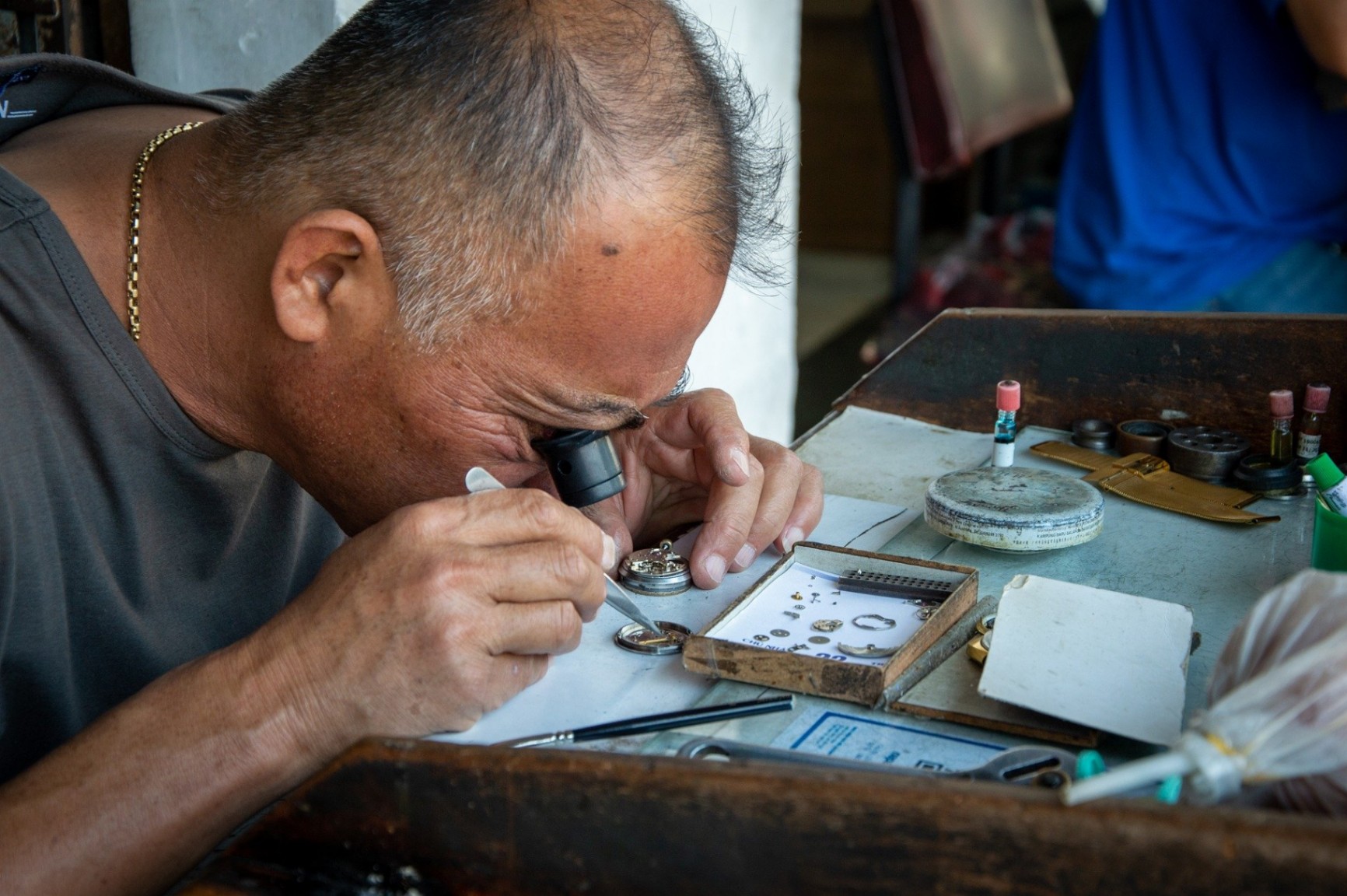Electronic waste, also known as E-waste, is rapidly becoming a difficult problem to deal with. As per WHO, in 2022, an estimated 62 million tonnes of e-waste were produced globally.
In order to tackle this, countries across the world have been introducing policies, one of which is the Repairability Index.
In today’s world, there has been a sudden uptick in the purchase of gadgets, smartphones and laptops. Every year, the companies come with a new version, sometimes with little added value compared to the previous one and most of us end up buying it. But that comes with an environmental cost.
Even if you want to continue using the earlier version of the gadgets, it is not easy to repair them- either it is too costly to repair or replacement is the only viability. In 2019, 77% of Europeans said they would rather repair than replace a damaged device.
Here’s where the Repairability Index helps.
The Repairability Index is a mandatory display that manufacturers must showcase, like a specification, on electrical and electronic equipment to inform about its repairability.
In France, this Index is shown on a score of 0 to 10, 10 being the most repairable product. The score is based on dimensions including steps on how to take the product apart and the availability of spare parts, helping people understand if the device is easy to repair, difficult to repair, or impossible to repair, and encouraging them to choose more repairable options.
Here is a snapshot of how the repairability index is being used in France:

India produces around 2 million tons of e-waste annually and is the third largest producer in the world. The country’s e-waste generation has grown rapidly, with a 163% increase between 2010 and 2022.
The Indian Consumer Affairs Ministry is now developing a similar Repairability Index for consumer durables on the lines of the star-rating system used for evaluating the energy efficiency of electrical appliances.
By standardizing the assessment of repairability, the index aims to create an ecosystem of mindful consumption of products and sustainability.
As per their press release in Dec’24, here are the key components of the Repair Ecosystem:
- Comprehensive Repair Information: Access to repair manuals/DIYs, diagnostics, and a list of necessary tools and parts.
- Accessible Spare Parts: Easily identifiable and timely delivery of spare parts.
- Affordable Tools: Inexpensive, widely available, and safe tools for consumers.
- Modular Design: Key components designed for independent access and modularity.
- Economic Feasibility: Ensuring that the cost of repair parts and labour is affordable for consumers.
What do you think about the Repairability Index? Does an Index like this help you during your purchase?

